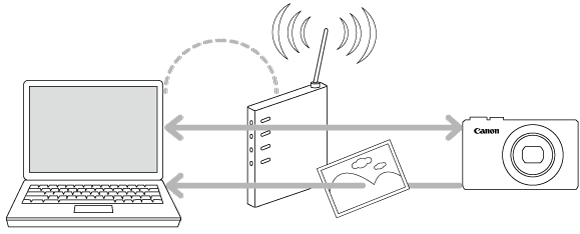
But, it can solve the Mac Wi-Fi problems faster. 8: Delete System Configurationīy deleting the System Configuration, all the configurations will be gone. You also need to ensure that there's no protocol chosen.
Then, click the option Advanced > Proxies tab. Make sure you have unchecked all the Proxies Settings. You can add the DNS server address by clicking the (-) sign. Ensure the DNS Server is filled by the correct address, including the router address. To ensure you fill in the correct DNS Server address: You can add the other address given by the other ISP or DNS, such as OpenDNS or Google DNS. The DNS server address must be filled with the correct address, at least the one you find on the router. 6: Make sure the DNS Server address is correct It will allow your Mac to connect to the new Wi-Fi network. If you are often changing the Wi-Fi network and making a particular location, ensure to reset it to the automatic settings. 5: Change Location to Automatic and Renew DHCD Choose the Wi-Fi name, then click the (-) sign. After that, you can try to reconnect again by entering the Wi-Fi password. If you try to connect to the locked Wi-Fi, but it doesn't work, try to remove it first. 

Solution No 4: Remove the registered Wi-Fi
Choose the Update tab and click the Update or Update All buttons. Click the Apple logo on the top left corner. We suggest you back up your data first before upgrading it. To avoid that, update OS X to the latest one. 
Open system preferences > Users & Groupsīugs on OS X can cause Mac Wi-Fi Problems.By removing it, the Login Items will not open by themselves, and it can be a solution for the Wi-Fi issues. Login items is an application that will open automatically after login. If the Wi-Fi problems still appear after you restart your Mac, try to remove login items and restart again.

It is suggested to uncheck the option "Reopen Windows when logging back." By doing so, Mac won't open the last app used before the restart. Restarting Mac will make sure the issue isn't associated with the software. See also: How To Backup iPhone Photos on Mac Try the solutions listed below if your Mac won't connect to a Wi-Fi network. Wi-Fi issues can be caused by many factors, such as a Wi-Fi network scheme, the router settings, etc. Mac Wi-Fi Problems are one of the common issues for Mac users.








 0 kommentar(er)
0 kommentar(er)
